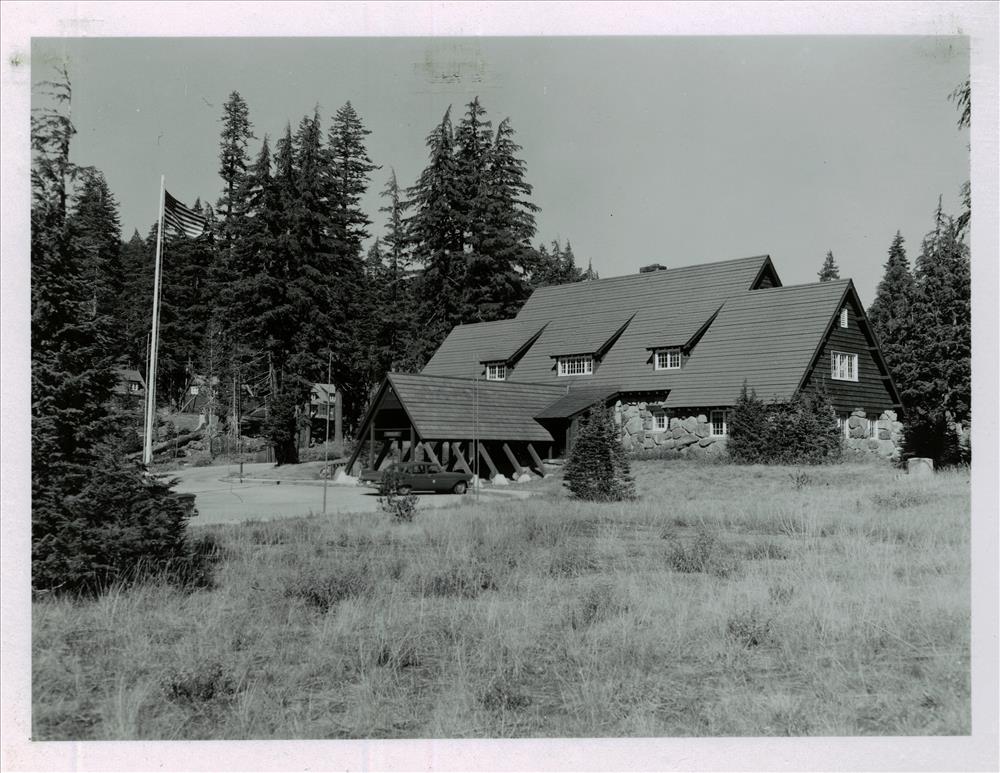Was that typical?
Well, in her case, she just stayed there her entire career. We had a historian for Cape Hatteras who had been in a number of other areas, principally Civil War sites.
We had Bill Harris who came on the first year I was there. He came on as our historian and he was local. But he went on from there to much higher things, including superintendence. The naturalist we had was a homey type of naturalist, but very much into research, but pretty much within his own self, rather than anything published. Tommy Gilbert was the one I replaced, when Tommy went to the Washington office and was involved in national park work in Africa at one time.
Earlier we talked about your writing some administrative history for Glacier Bay. Did that help with this job, in that you had some introduction, as a writer, to historical method?
Sure. What helped me the most as a writer when I was still in college and asked to do a term paper. I had never done a term paper and didn’t know how. But by that time I was married to Barbara who knew exactly how to write a term paper so she guided me through that and I wrote a term paper which I got an A on. On the policies and objectives of the National Park Service. And that’s where I started to learn a lot of park history and read, studied, the works of people who were even still in the National Park Service. And even had the pleasure of meeting them later, including E.T Scoyen, who was a very wise park administrator.
Barbara: He was superintendent of Sequoia then.
By the time we left there, he was at Sequoia. He went on the to Washington office. Scoyen was the most effective person in the Park Service when he was there, according to a highly placed person under the Assistant Secretary of the Interior. High praise. It was nice to have known Mr. Scoyen.


